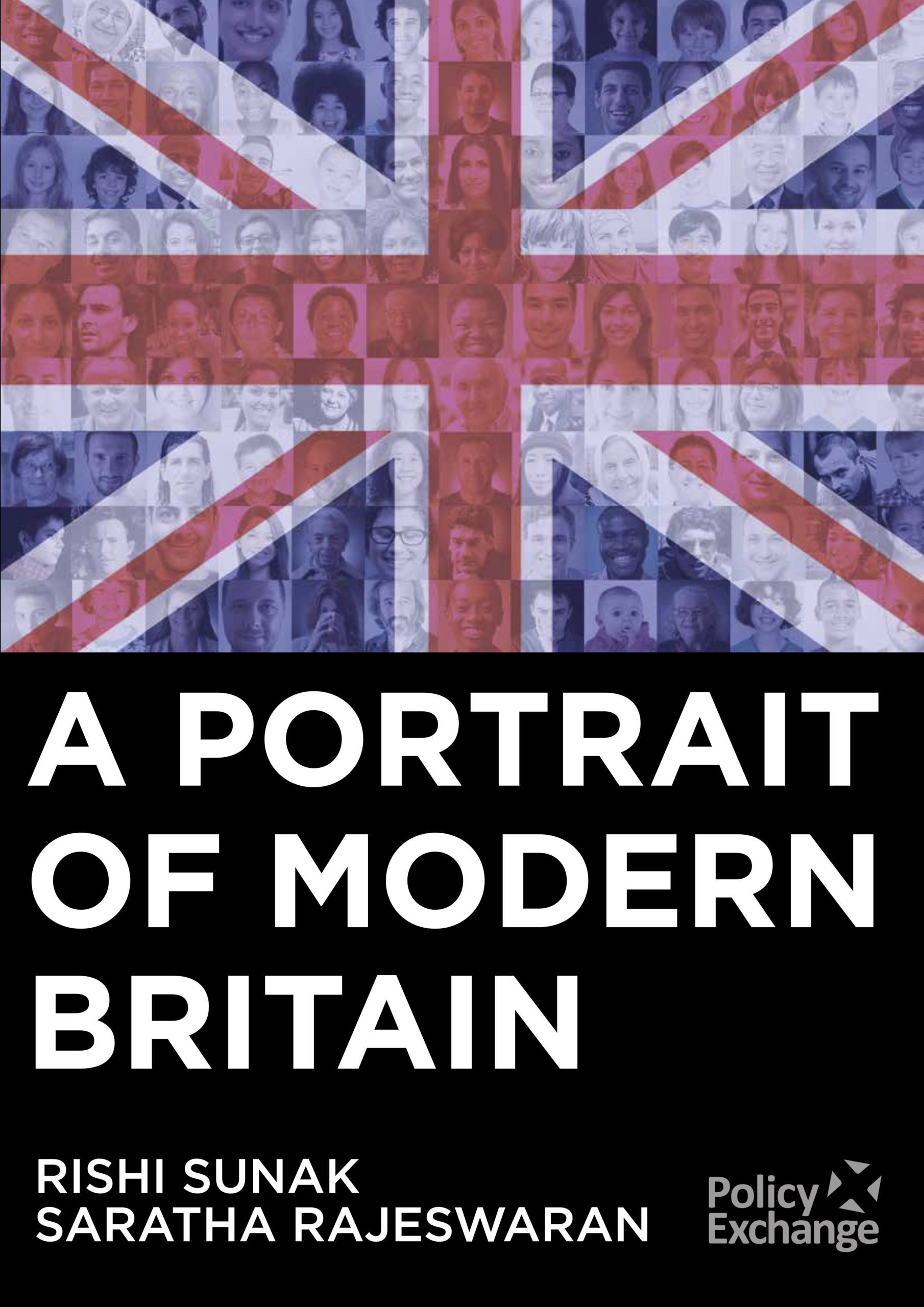
A Portrait of Modern Britain
People from ethnic minority backgrounds will make up nearly a third of the UK’s population by 2050.
A Portrait of Modern Britain reveals that the five largest distinct Black and Minority Ethnic (BME) communities could potentially double from 8 million people or 14% of the population to between 20-30% by the middle of the century. Over the past decade, the UK’s White population has remained roughly the same while the minority population has almost doubled. Black Africans and Bangladeshis are the fastest growing minority communities with ethnic minorities representing 25% of people aged under the age of five.
The study also reveals that while the face of Britain has changed and is continuing to become even more multi-racial, people from ethnic minority backgrounds have a far stronger association with being British than the White population. In the 2011 Census, only 14% of Whites identified themselves as being purely British, with 64% seeing themselves as purely English. All other ethnic minority communities were over four times more likely to associate themselves with being British. 71% of Bangladeshis and 63% of Pakistanis considered themselves purely British. A quarter of the Black Caribbean community see themselves as purely English, while just over half (55%) see themselves as just British.
Other key findings include:
- Ethnic minority communities predominantly live in three main cities, with 50% living in London, Manchester and Birmingham alone. They are seven times more likely to live in an urban area than someone who is white. The Indian community is the most dispersed, the Bangladeshis the least. The Pakistani community is predominantly based in towns in the North and the Midlands, while over half of all the Black community lives in London.
- While most ethnic minority groups live in large households (bigger than the White population), this is not true for Black Caribbeans. Pakistani and Bangladeshi households are the biggest, containing four or more people. 40% of Black people live in social housing, while two thirds of Indians and Pakistanis live in their own accommodation.
- Although all BME communities have higher levels of unemployment and low level of full time workers than the White community, Indians cluster in the highest skilled professions. Almost all minority groups, except the Indian community, have unemployment rates double the national average. Black Africans (18.3%) have the highest unemployment rate. 39% of Pakistani and 42% of Bangladeshi women have never worked. 24% of Pakistani men are taxi drivers and half of all Bangladeshi men work in restaurants. In contrast 43% of Indians work in the highest skilled professions.
- All minority groups have higher proportions of students staying on in formal education, especially university, at 16 and 18 than the White population. All minority groups have higher proportions of students attending Sixth Form and then staying in some form of education post A-levels than the White population. Bangladeshi are the fastest improving group at Key Stage 5 (GCSE) and 70% of Indian students go to university, compared to 43% of White students.
- All BME communities – regardless of age and social class – strongly support the Labour Party, but Indians are up to four times more likely to identify with the Conservatives. 17% of Indians identify with the Conservatives compared with 4% of Black Africans, 7% of Black Caribbeans, 8% of Bangladeshis and 9% of Pakistanis.
- All ethnic minority groups have a higher trust in Parliament and politicians in general than the White population, except the Black Caribbean community where only 1 in 5 trust politicians. Trust in the police is high among all communities except Black Caribbeans, with only 42% saying they have faith in the police.
Testimonials
“As the chair of the All Party Parliamentary Group on Race and Community I very much welcome the launch of Policy Exchange’s new BME research unit and the publication of this first report. This paper is a seminal piece of work and I’m sure it will form a firm foundation on which discussion and debate about the impacts of policy on Black and Minority Ethnic communities can be built.”
David Lammy, MP for Tottenham
“This is an important piece of research and an excellent reference point for anyone interested in community engagement.”
Alok Sharma MP, Conservative Party Vice Chairman for BME Communities
“It is a startlingly cheery document that undermines, nay refutes, many of the darker claims about the impact of immigration on England.”
Alex Massie, The Spectator
“The Policy Exchange report on Britain’s ethnic minority population today is a first-class bit of work, full of important and interesting facts about us and our nation. I heartily recommend reading the whole thing”
James Kirkup, Political Editor, The Daily Telegraph
“How refreshing, then, to read A Portrait of Modern Britain, a well-timed report by the think-tank Policy Exchange. The research, by Rishi Sunak and Saratha Rajeswaran, is both hearteningly upbeat and impeccably nuanced.”
Matthew d’Ancona, Columnist, The Sunday Telegraph and Evening Standard
Videos
We were fortunate to be able to interview a number of people who kindly also contributed ‘Pen Portraits’ to the report. You can watch these below.

